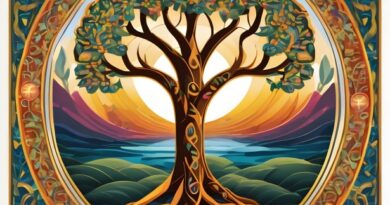What Does the Celtic Knot Symbolize? Discover The Sacred Origins
The Celtic knot is one of the most enduring and enchanting symbols from the ancient world. Whether you’ve seen it carved into stone, inked into skin, or adorning silver jewelry, this elegant, interwoven design carries far more meaning than its simple form might suggest. But what does the Celtic knot symbolize exactly? Is it just decorative, or does it speak to something deeper; something spiritual, eternal, even ancestral?
We’ll explore the origins, meanings, and variations of the Celtic knot. We’ll also look at one of the most cherished interpretations: the Celtic mothers knot. Through history, culture, and symbolism, we’ll unravel the story behind these timeless loops and how they continue to speak to the soul today.
Origins of the Celtic Knot
The origins of the Celtic knot trace back to the early Celtic peoples of Europe, who lived during the Iron Age and beyond. These intricate patterns became especially prominent during the early Christian era, around the 7th to 9th centuries, when monks began to incorporate the designs into illuminated manuscripts, such as the Book of Kells and the Lindisfarne Gospels.
Though often associated with Christian symbolism today, the knots themselves predate Christianity and were likely rooted in pagan beliefs centered on nature, cycles, and spirituality.
The artistry of Celtic knots lies in their continuous, unbroken paths. Created with no clear beginning or end, they were believed to represent the eternal flow of life—the cycles of birth, death, and rebirth. As they evolved, these patterns were woven into stone crosses, jewelry, warrior shields, and sacred texts. While the exact meanings may have varied across regions and generations, the underlying message remained: life is a journey without end, and everything is interconnected.
+ Related:
What Does the Celtic Knot Symbolize?
So what does the Celtic knot symbolize in its purest form? At its core, the Celtic knot represents eternity—whether it be eternal life, eternal love, or the timeless nature of the human spirit. Its continuous loops reflect how everything in the universe is interconnected: life and death, humanity and nature, the physical and the spiritual. In Celtic belief, the world was not linear but cyclical. Time itself moved like a spiral, always returning, always renewing.
To ask what does the Celtic knot symbolize is to ask what binds us together across time and space. These knots remind us that life is not a series of disconnected events but a sacred web.
They suggest that love never truly ends, that energy never disappears, and that the spirit continues its journey even when the body fades. Whether viewed through a spiritual lens or as a philosophical metaphor, the Celtic knot is a call to embrace unity, wholeness, and flow.
Variations of Celtic Knots and Their Meanings
Of course, there are many different types of Celtic knots, each with its own unique symbolism. Some of the most well-known include:
Triquetra (Trinity Knot)
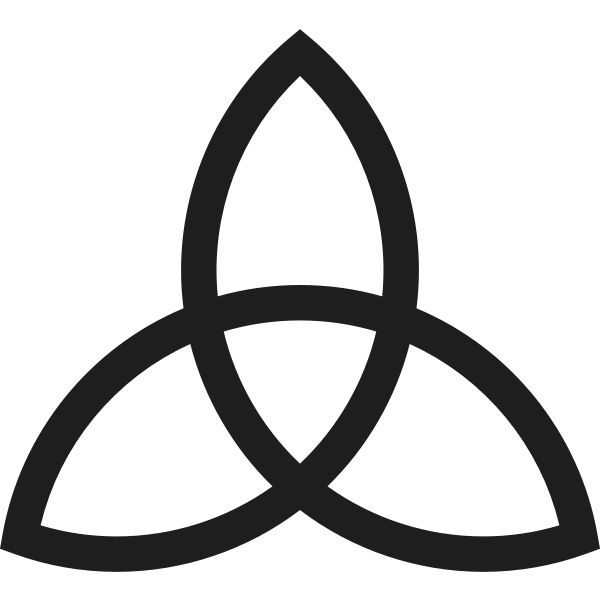
The Triquetra is one of the most recognizable Celtic symbols. It is often associated with the triple goddess in pagan belief or the Holy Trinity in Christianity—mind, body, spirit; earth, sea, sky.
Dara Knot
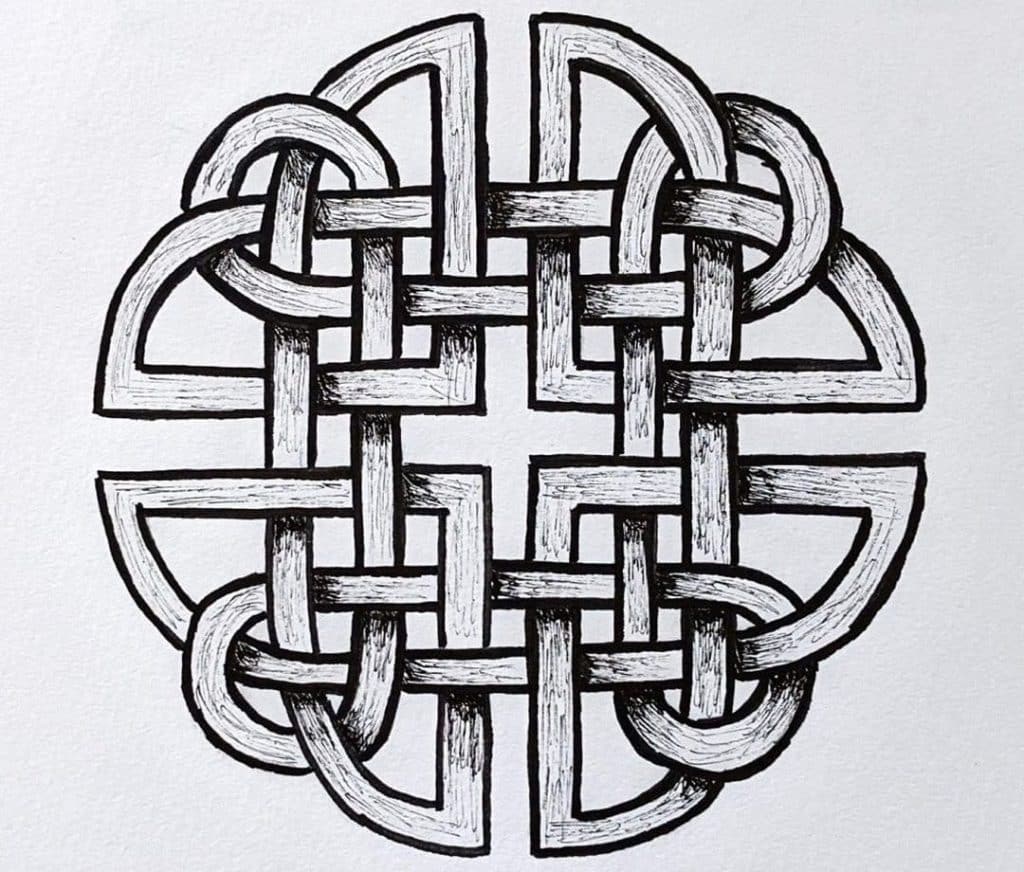
The Dara Knot, inspired by the root system of the oak tree, represents inner strength, endurance, and resilience. It is deeply tied to Celtic reverence for nature.
Shield Knot
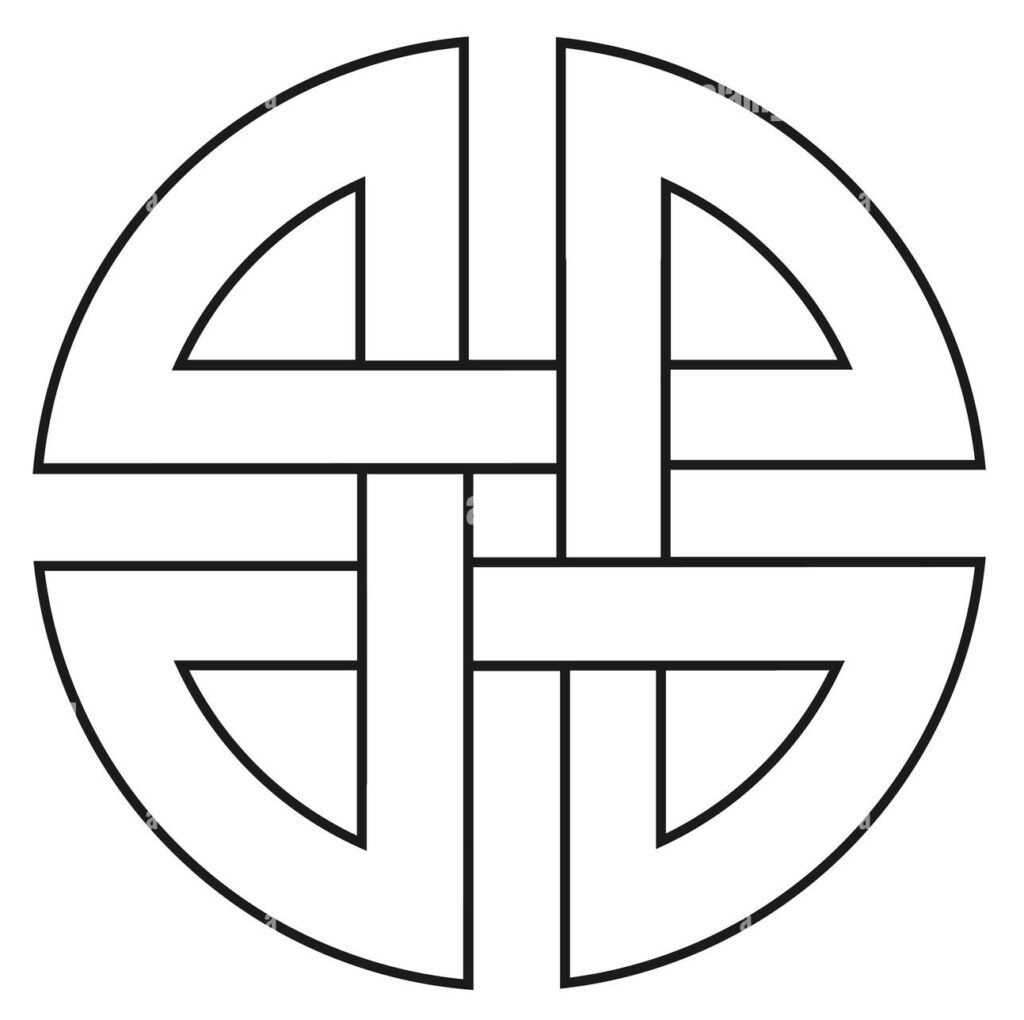
This ancient design was used for protection. Often placed on shields or worn as a talisman, it symbolizes strength and defense against negative forces.
Celtic Mothers Knot
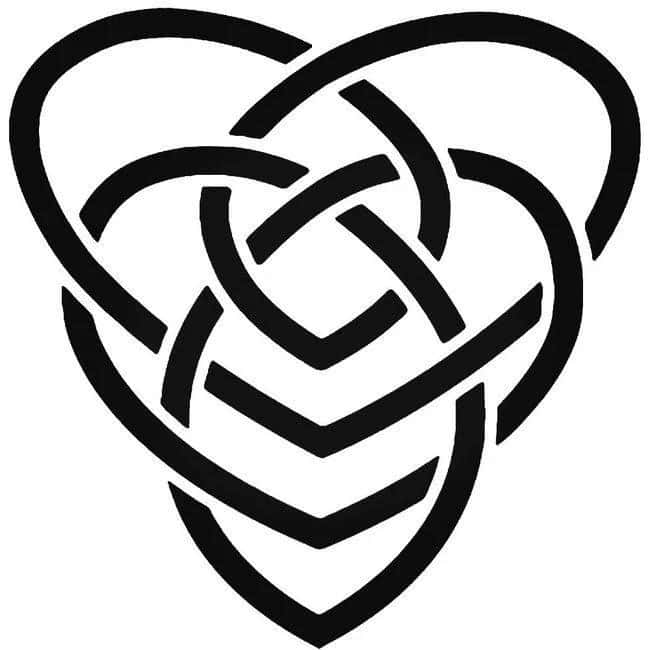
Among all variations, the Celtic mothers knot holds a special place. Made of two intertwined hearts and often dots symbolizing children, this design represents the unbreakable bond between a mother and child. It reflects unconditional love, nurturing, fertility, and deep emotional connection.
The Celtic Mothers Knot: A Deeper Symbol of Maternal Love
The Celtic mothers knot is often worn as a pendant or inked as a tattoo. It serves as a living tribute to motherhood, both past and present. Many people use it to honor their own mothers, remember a child, or celebrate a new life. It is a symbol of continuity—how life, love, and bloodline are eternal.
As a variation of the classic Celtic knot, the mothers knot adds a personal and emotional layer to the question: what does the Celtic knot symbolize? It connects the spiritual to the familial, offering a sacred link between generations.
This design is especially popular in modern culture because it speaks to both heritage and heart. It reminds us that not all love is loud—some is woven quietly, forever into the fabric of our lives.
Celtic Knots in Modern Culture
Today, Celtic knots appear everywhere—from tattoos and jewelry to fashion and home décor. People are drawn to them not only for their beauty but for the mystery they hold. For many, they serve as symbols of faith, personal growth, or connection to Celtic ancestry.
Neo-paganism and modern spiritual movements have also adopted these symbols for meditation, sacred geometry, and rituals. But even outside spiritual circles, the designs are admired for what they represent: eternity, unity, and life’s invisible threads.
Still, it’s important to understand that not all knots have the same meaning. Context matters. The specific shape, where it’s used, and the intent behind it can shift its significance. This is why asking what does the Celtic knot symbolize is not a one-answer question, it’s a journey of discovery.
Conclusion
The Celtic knot, though ancient, speaks to timeless truths. It reminds us that we are connected—not only to each other but to the past, to nature, and to something greater than ourselves. Whether you’re drawn to the mystical Triquetra, the powerful Dara knot, or the nurturing Celtic mothers knot, there is a message waiting for you beneath the loops.
So next time you wonder what does the Celtic knot symbolize, remember: it may be more than a design. It may be your soul recognizing something it already knew.



